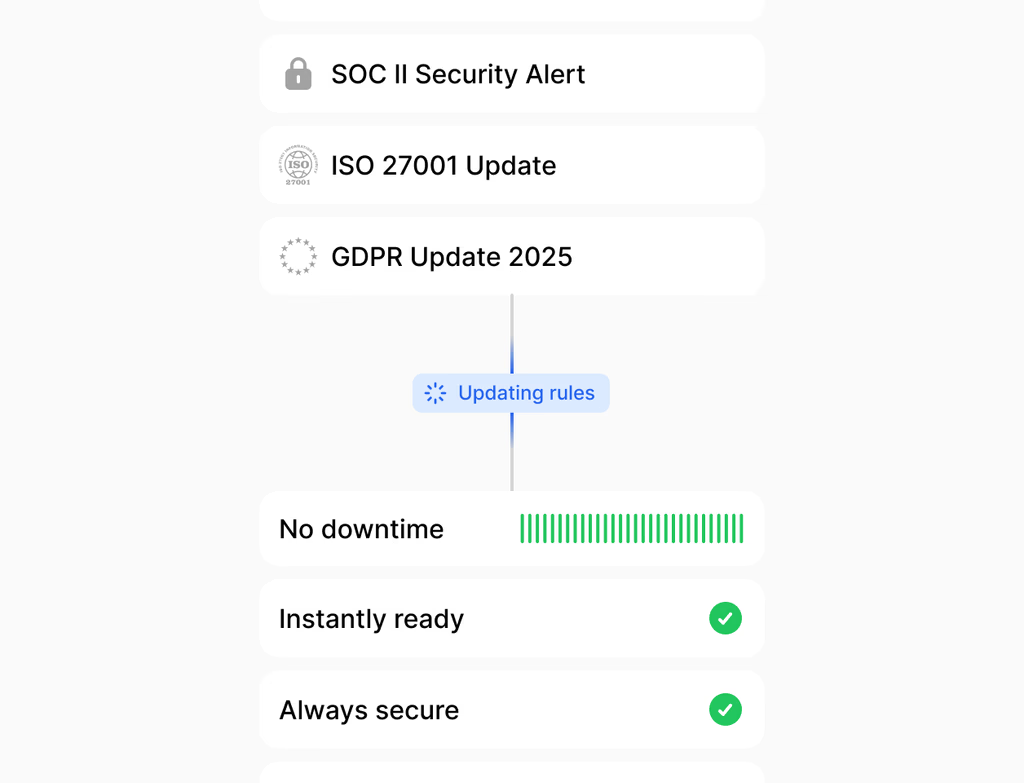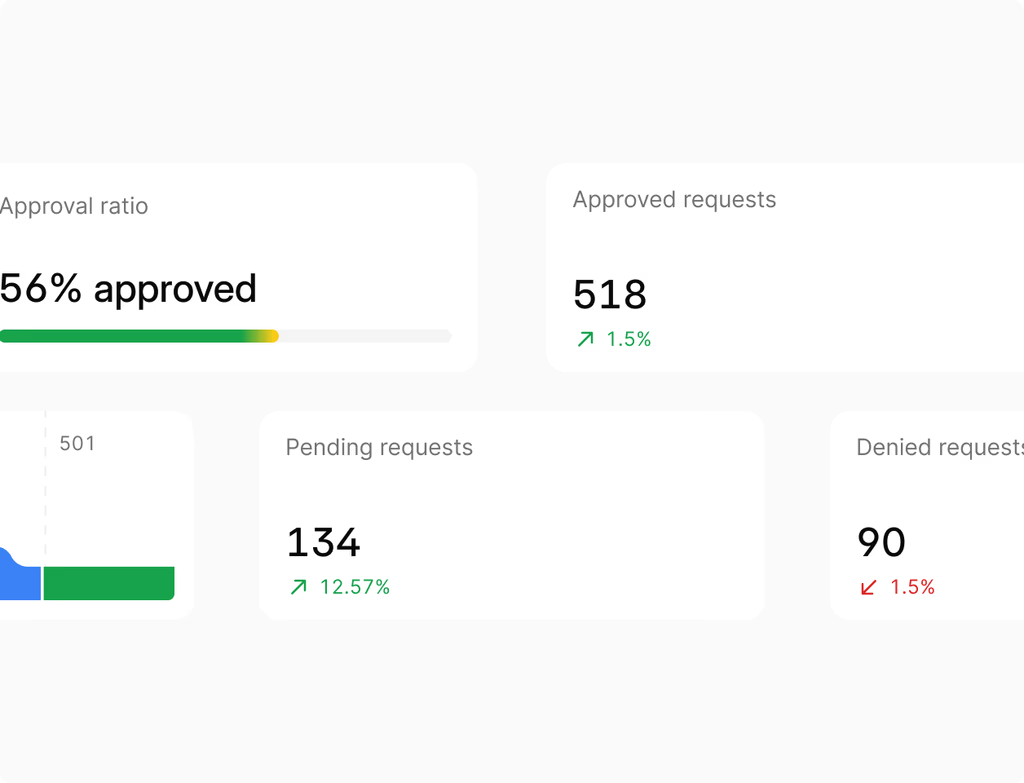How does Digital Asset Management help teams stay on-brand?
Digital Asset Management centralizes all your creative files, ensuring everyone accesses the correct, most recent versions. This single source of truth eliminates the risk of using outdated logos, unapproved images, or wrong collateral. The platform integrates version control and approval workflows directly into asset usage, stopping misuse before it happens.
By storing assets tied to specific campaigns and templates, the Hoop platform prevents manual errors in distribution. It standardizes file naming and format usage, allowing teams to move faster while maintaining brand consistency across all channels, from web to print and social media.
What features make it easy to find and reuse digital assets quickly?
The system is built around powerful search and categorization tools to minimize the time spent hunting for files. Assets are organized using collections and comprehensive tagging, which is enhanced by AI-assist features for auto-tagging and identifying visual similarity.
Key features include:
- Collections, tags, and AI-assist for efficient searching and organization.
- Custom metadata, covering fields like product, region, and rights holder, ensures precise retrieval.
- Automatic generation of renditions for web, print, and social crops, adhering to naming standards.
Embed links and CDN delivery enable instant reuse of assets across various environments while consistently honoring cache controls for maximum performance.
What security and usage rights governance does the system offer?
Hoop's Digital Asset Management provides robust governance features to minimize legal and brand risk. It manages who can access, approve, and use specific assets across different channels and territories.
The system protects sensitive content through several mechanisms:
- Reviewer gates and change logs as part of the approval process.
- Expiry dates, territories, and channel restrictions enforced through Rights Windows.
- Legal hold flags and watermarking for in-review or sensitive items.
Proactive alerts notify users before licenses lapse, helping teams manage compliance and ensuring all content is used within its legal window.
Can outside agencies and clients safely collaborate using the platform?
Yes, the platform facilitates safe external collaboration by providing controlled access and distribution methods. You can create client and partner portals with curated sets of assets specific to their needs.
For agencies and contributors, the system uses scoped drop zones, virus scanning, and moderation queues. This means outside parties only see what they need to, and any uploaded content is verified before joining the main library. Furthermore, you can control asset sharing via expiring links and set download limits to manage external usage efficiently, speeding up collaboration without sacrificing security.
How is the Digital Asset Management feature priced on the Hoop platform?
The Digital Asset Management feature is available across several tiers of the Hoop platform, ensuring it scales with businesses of all sizes, from growing startups to large enterprises. Users can access the feature through the Core, Pro, and Enterprise pricing plans.
Each plan typically offers increasing capacity for asset storage, higher limits for user seats, and more advanced governance features, such as expanded custom metadata fields or more complex approval workflows. Contact the Hoop sales team to determine which plan best fits your organizational structure and asset volume needs for optimal value.
Does this replace traditional cloud storage drives and team folders?
No, the Digital Asset Management system is designed to complement existing cloud drives rather than replace them. It elevates asset organization and usage beyond simple file storage.
While cloud drives store files, the DAM layer within Hoop adds critical business intelligence and control:
- Governance, rights, and version control.
- Automatic renditions for different uses.
- Editorial pickers that integrate approved media into other platform tools.
Sync connectors are standard, ensuring that team folders remain usable during a transition and allowing files to be managed for brand consistency while still utilizing your existing cloud infrastructure.



.avif)





